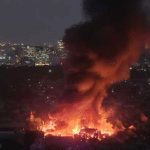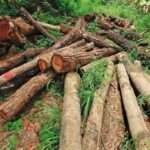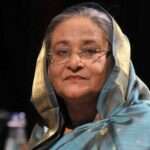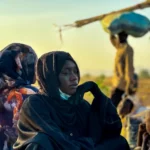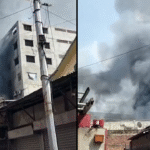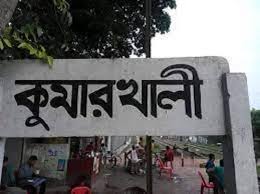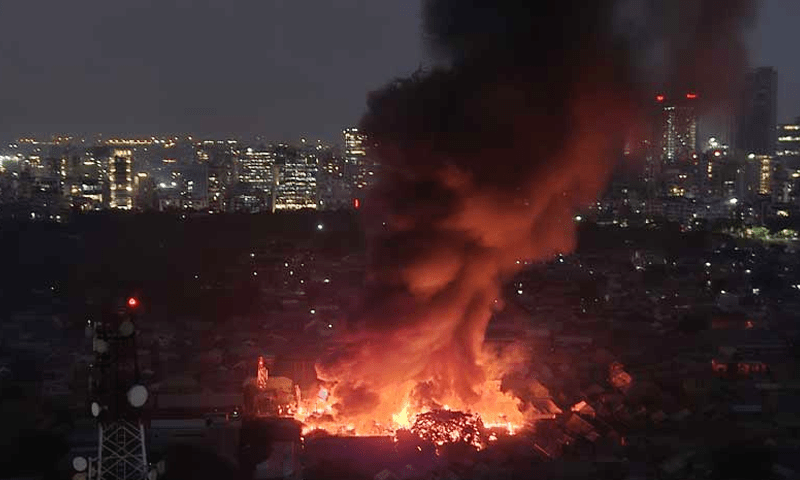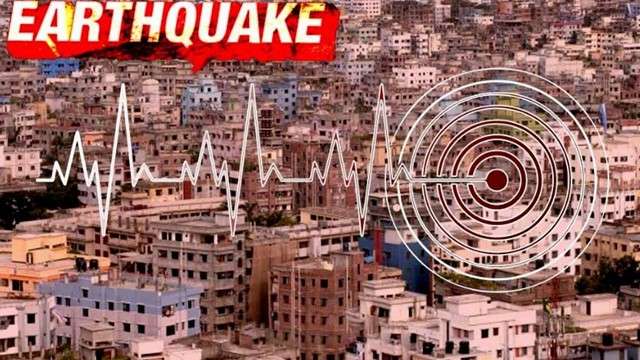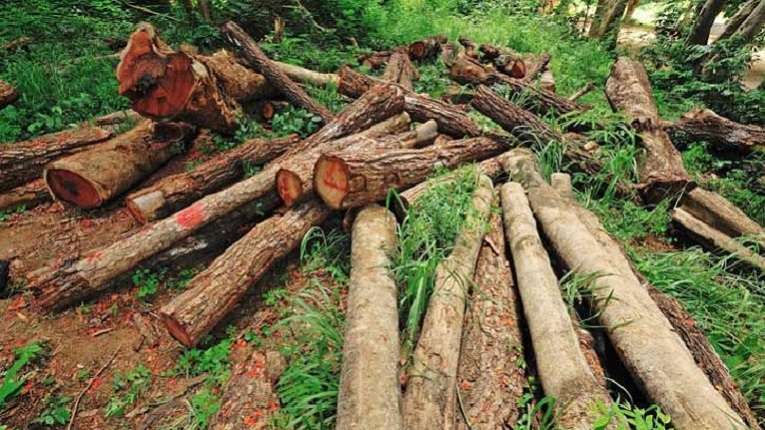Introduction-
Nestled in the heart of Kumarkhali Bazar, a prominent locality of Kushtia District, Dorbesh Sona Bondhu’s Mazar stands as a revered symbol of spirituality and local heritage. This Mazar (shrine) draws devotees, spiritual seekers, historians, and curious travelers who are enchanted by its mystic ambiance and deep-rooted cultural relevance. In the tapestry of Bangladesh’s spiritual geography, this shrine occupies a unique position.
This blog offers an extensive guide to Dorbesh Sona Bondhu’s Mazar — exploring its origin, religious and cultural significance, architectural elements, how to get there, and travel tips, including the best time to visit.
Who Was Dorbesh Sona Bondhu?-
Dorbesh Sona Bondhu is believed to have been a revered Sufi saint whose life was devoted to preaching love, peace, and spiritual enlightenment. His teachings transcended religious and cultural boundaries, fostering unity among diverse communities in the region. Though there is limited written documentation about his life, oral traditions and folk tales keep his memory alive.
Dorbesh Sona Bondhu was known for his mystical lifestyle, selflessness, and miracles that attracted followers from across Kushtia and beyond. His Mazar in Kumarkhali Bazar now serves as a spiritual sanctuary for those seeking blessings and solace.
Location and Accessibility-
Kumarkhali Bazar, situated in the Kushtia District of western Bangladesh, is a bustling marketplace enriched with cultural history. The Mazar is located at a central point in the Bazar, making it easily accessible via roadways from major towns such as Kushtia, Rajbari, and Jhenaidah.
- Nearest Town: Kushtia (approximately 15 km away)
- Nearest Railway Station: Kushtia Railway Station
- Transportation: Local buses, auto-rickshaws, and cycle vans are readily available
- Google Maps Location: [Available upon local confirmation]
Historical Significance of Dorbesh Sona Bondhu’s Mazar-
The Mazar is believed to have been established shortly after the passing of Dorbesh Sona Bondhu, sometime in the early 19th century. Over time, the shrine has transformed from a humble grave to a well-maintained spiritual complex, thanks to local efforts and community contributions.
It played a significant role in the spiritual revival movements of Bengal, drawing Sufi followers and students who sought to immerse themselves in the saint’s mystical path. Religious discussions (Mehfil), Sufi music sessions, and communal feasts are still held regularly at the Mazar.
Architectural Highlights-
While relatively modest compared to some grander shrines in Bangladesh, the architectural style of Dorbesh Sona Bondhu’s Mazar is steeped in traditional Islamic design:
- Main Dome: A whitewashed central dome built above the saint’s grave
- Veranda and Arches: Featuring Islamic calligraphy and intricate floral patterns
- Courtyard: A tranquil open space where visitors meditate or pray
- Surrounding Structures: Includes resting areas for pilgrims, a small mosque, and an area for food distribution during special occasions
The simplicity of the structure emphasizes humility and devotion, in line with Sufi principles.
Religious and Cultural Importance-
Dorbesh Sona Bondhu’s Mazar is not merely a resting place of a saint; it is a spiritual epicenter. It functions as a place of:
- Ziarat (pilgrimage): Devotees visit to seek blessings and pray
- Healing and Solace: Many believe that prayers offered here bring mental peace and sometimes miraculous healing
- Sufi Rituals: Dhikr (remembrance of God), Qawwali, and Urs (death anniversary celebrations) are common
- Cultural Unity: The Mazar brings together people from various backgrounds, strengthening social harmony
Festivals and Special Events-
The Urs of Dorbesh Sona Bondhu is the most significant annual event at the shrine, held on the saint’s death anniversary, typically in the Bengali month of Falgun or Chaitra.
Highlights include:
- Spiritual gatherings and prayers
- Qawwali performances
- Distribution of cooked food (Nazr) to devotees
- Candlelight vigil at night
- Folk performances celebrating the saint’s life
Local authorities and volunteers coordinate the event, which draws thousands of visitors.
Visitor Information and Etiquette-
For those planning a visit to Dorbesh Sona Bondhu’s Mazar, it’s essential to keep a few things in mind:
- Dress Modestly: Wear conservative clothing to show respect
- Shoes: Must be removed before entering the Mazar premises
- Offerings: Flowers, incense, and sweets are commonly offered
- Photography: Ask for permission before taking photos, especially during rituals
- Gender Spaces: Men and women may have separate prayer areas during large gatherings
Best Time to Visit Dorbesh Sona Bondhu’s Mazar-
While the Mazar is open throughout the year, the ideal time to visit is during the cooler months from November to March. During this period, the weather is pleasant, and the annual Urs festival (usually in February or March) adds a vibrant spiritual energy to the place.
If you prefer a quieter experience, weekdays outside the festival season offer a serene and reflective atmosphere.
Conclusion-
Dorbesh Sona Bondhu’s Mazar in Kumarkhali Bazar is a profound symbol of spiritual heritage in Bangladesh. It’s more than just a burial site; it’s a living monument to faith, mysticism, and cultural unity. Whether you’re a spiritual seeker, a history enthusiast, or a traveler exploring Kushtia’s sacred landscape, this Mazar promises a deeply meaningful experience.
As you walk through the shrine, amidst the aroma of burning incense and soft murmur of prayers, you can feel the presence of centuries-old devotion still alive today.
FAQs-
Q1: Where is Dorbesh Sona Bondhu’s Mazar located?
It is located in Kumarkhali Bazar, in the Kushtia District of Bangladesh.
Q2: Who was Dorbesh Sona Bondhu?
He was a renowned Sufi saint known for his piety, simplicity, and spiritual teachings that inspired people across regions.
Q3: What is the significance of Dorbesh Sona Bondhu’s Mazar?
The Mazar is a spiritual site where devotees seek blessings, healing, and spiritual connection through Sufi traditions.
Q4: When is the Urs festival of Dorbesh Sona Bondhu celebrated?
It is usually celebrated in the Bengali month of Falgun or Chaitra, often falling between February and March.
Q5: Is the Mazar open to visitors of all religions?
Yes, the shrine is open to everyone, regardless of religion or background.
Q6: What are the facilities available for visitors at the Mazar?
There are prayer spaces, resting areas, drinking water facilities, and food distribution areas, especially during festivals.
Q7: Are there any restrictions or rules while visiting the Mazar?
Visitors are expected to maintain modest dress, remove shoes before entering, and avoid loud or disrespectful behavior.
Q8: Is photography allowed inside Dorbesh Sona Bondhu’s Mazar?
Photography is generally allowed but it’s best to ask permission, especially during religious rituals.


